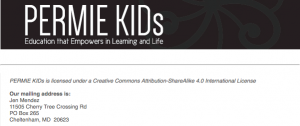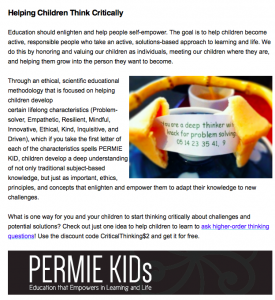(interview by joseph july 2014) The Israel Arts and Science Academy is 25 years old and has been designed to bring the best out of top students around the country. It holds 250 teenagers for the 3 years of high-school (15 to 18 years old) and over 60 staff members. It is located in a beautiful surroundings of Jerusalem and functions as a boarding school. The idea of IASA came to Rafi Amram while participating to US style summer-camp dedicated to music which format was amazingly powerful, specially in terms of group interactions. He had the vision to created the same drive “year-long” for a high-school.
http://en.wikipedia.org/wiki/Israel_Arts_and_Science_Academy
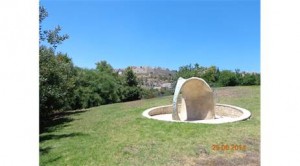
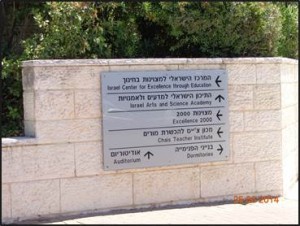

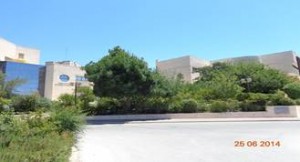
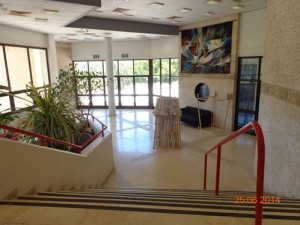

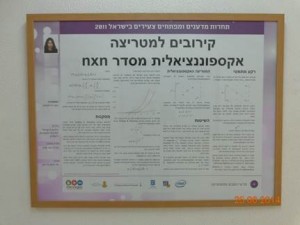
The school holds 4 departments: sciences, philosophy, art and music.
The “Dorm” is functionning by grade level. There are 3 levels.
Entry selection is a prerequisite for success. There are 3 steps but each of the 4 department gives a different weight to each step :
- Psychometric tests including a home-based-designed one. It deals with math, understanding a written text, geometric type logic (raven matrix) but also includes important personal questions like applicant motivation.
- Personal interviews with school staff. It includes checking on passions, knowledge, capacity to be under pressure, personal achievements/creations, etc.
- An intense 3 day-workshop where kids can experience what will be their real life at school and measure how fitted they are to it.
The core of the Operating Board of the school holds 9 persons, the school Managing Director, the dormitory manager, each of the 4 departments managers (who are also teachers) and each of the 3 dormitory managers. Meetings are held at least once a week and function on an “on going” facilitating team.
There are talks to integrate 4 high-school years instead of the current 3 because it takes the first year for kids to appropriate the system and one year to leave it. So only the middle year is lived “fully”. However to get kids in a boarding school at age 13/14 may be too young. Hard to find the right balance.
What makes the success of the shool :
- Group impact : working, learning, sharing different passions brings so much enthusiasm, stimulation, challenges and motivation. It is a real mind opening to kids who often have no vision of how much they can learn and achieve. As Diga puts it : we had that kid who only had private music lesson and suddenly discovers what music an orchestra can produce, listening to Mozart the first time of his life. It is opening minds to infinite capacities. In a group, the dynamics of sharing is so powerful that the transmission process is constantly boosted. Kids feed each other continuously and there is no limit to what their brain can store and enjoy.
- Format of a class: depending on the subject, it is a mixture of basic knowledge, do-it try-it experience-it yourself (workshops), process improvements (learning how to learn, time management, operational questions, etc) and co-coaching (teaching others or supervising peers is a great way for someone to grow tremendously).
- Self-confidence : it is legitimate to be oneself and each kid has the “Right To Be Serious”, the right to work hard and to do it every day.
- Teachers : they are professionals and “active performers” who know how to keep and increase the passion. They also know that learning at high level may not be a linear experience and that getting “stuck” is normal (for example for R&D in sciences or composing a music piece). Teachers went through that and know how to deal with it. They are acting like in “real life” and not like for an “industrial process”.
- Objectives : a mixture of individual and collective achievements taylor-made are always offered to the students.
- Responsibility : kids are totally responsible for their life at the boarding school. They are in charge of choices of movies (good and bad ones), writting critics, gardening, library, technicals systems like sound, etc.
- Sens of community and fraternity : ½ day per week is dedicated to community work (elderly, sick people, etc.)
- Excellence : Each kid can publish his own R&D in the school. IASA kids win half of national prices of the country
http://www.excellence.org.il/eng/Index.asp?CategoryID=142&ArticleID=46
The Israel Arts and Science Academy (IASA) serves highly talented and motivated students who want to excel in music, mathematics, chemistry, biology, physics, computer science, the humanities, sculpture and the visual arts. IASA emphasizes advanced learning tools, knowledge, and extensive practical experience in all offered fields. Students live on our Schusterman Campus, situated on inviting grounds, surrounded by the Jerusalem hills.
Values: Excellence, leadership, social responsibility, pluralism, mutual understanding, and democracy are the essential values of IASA faculty and students.
Academic Philosophy: IASA is a model for the delivery of a curiosity-driven, experiential education with minimal lecturing and a focus on self-directed discovery. The curriculum is based on the values of exploration, ethics, independent thinking, and community service.
Dormitories: The integrated school society becomes a living lesson in democratic and humanistic values in the dorms.







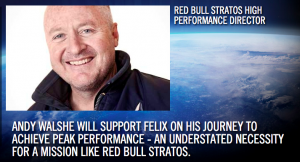



 jobless future a small revolution in education began.
jobless future a small revolution in education began.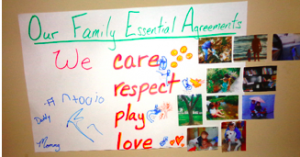 like science, technology, engineering, arts, and math (STEAM) can now be exponentially increased to the “nth” degree with the n standing for nature – nature of self, family, community, and Earth.
like science, technology, engineering, arts, and math (STEAM) can now be exponentially increased to the “nth” degree with the n standing for nature – nature of self, family, community, and Earth.
